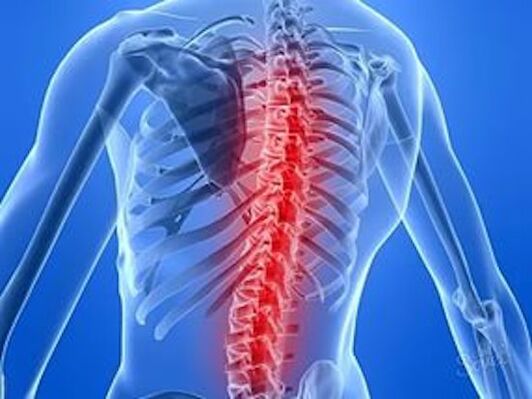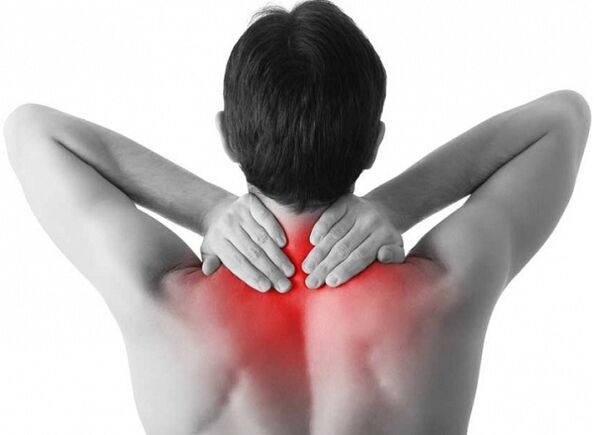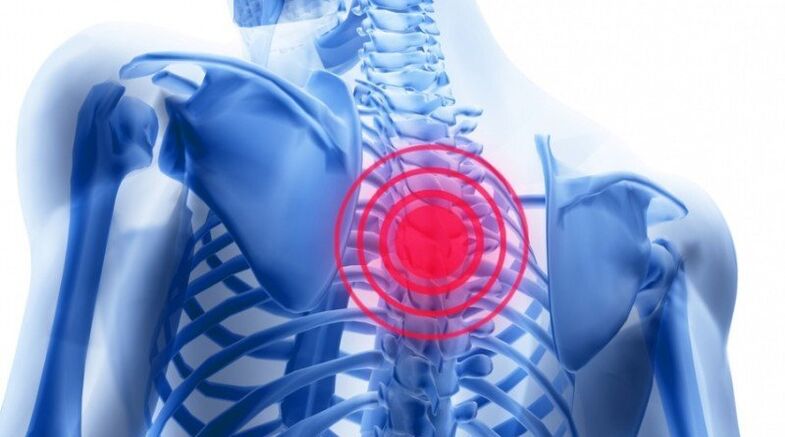More than 25% of the world's population and more than 50% of people of working age suffer from back pain.Unfortunately, evolution did not ensure that people over 35-40 live comfortably.The biomechanical structure of the spine is such that the absence of back pain is not a guaranteed reality, but a happy (and unfortunately temporary) coincidence.Especially now, when the body of an average office worker has to sit in front of the computer for 8-12 hours straight.But during millions of years of evolution in the wild, we have adapted to a completely different, much more active lifestyle!

Is it possible to treat spinal pain with your own hands?
Unfortunately, not everyone asks themselves this very right question.The answer: self-medication based on information from the Internet is extremely dangerous.This is a huge risk that can lead to disability.If we are talking about internal pains such as back and spine pain, it is especially not worth "diagnosing" yourself and "prescribing" treatment.The nerve endings of the internal organs are located differently than on the surface of the skin.Internal pain is hard to localize, and sometimes it seems like one thing is hurting, but it's actually something else.For example, back pain can be caused by cancer of the gastrointestinal tract.And the pain that another person describes as very similar to yours on a forum or in an article may have completely different causes and may require radically different treatment.
Yoram Anekstein, Tel Aviv Medical Center: "Very important advice: do not try to learn the names of spinal diseases, understand their etiology, diagnosis, etc. Spondyloarthritis, glenohumeral periatrosis, cervicobrachialgia - all these terms are of no use to you. There are dozens of such diseases in textbooks with various modifications of medical memoirists and universities. diagnosis when a qualified doctor makes it, but not before."
Alarming symptoms
Unpleasant sensations occur most often in the cervical and lumbar spine, but chest pain is much rarer.It is exposed to less stress, so osteochondrosis, protrusion and disc herniation do not affect it very often.However, chest and chest back pain can be caused by spinal problems.

An occasional discomfort may occur, but it is often not dangerous.If it is muscle pain (although it may not be similar to the pain in the arm after hard work and may be felt more strongly), then the cause is most likely due to overexertion from holding one position for a long time or too much load.If the pain goes away after a change of position or a short walk and does not return, then the problem is probably not serious.Although there are minor issues to deal with, such as changing your usual posture, increasing your physical activity and exercising.And only a doctor can determine the severity of the problem.If there is even the slightest possibility, you should definitely consult a doctor: it is always much easier (and cheaper) to cure a disease in its early stages than an advanced case.
What is really dangerous?Here is a list of "warning signs", any one of which may be present, diagnosis and treatment should be started as soon as possible:
- the pain does not go away, changing the body position does not help;the pain does not decrease with rest;the pain worsens at night;
- numbness (reduced sensitivity) or decreased strength in the limbs;
- there are problems with urination and defecation (for example, loss of the sensation of emptying the bladder; retention of urine and feces, or, on the contrary, retention; not to be confused with constipation);
- the temperature rises, but there is no other reason to explain it, for example, ARVI;
- pain awakens and interrupts sleep;
- complications after malignant tumors (the statute of limitations does not matter);
- unexplained weight loss;
- complications after taking steroids;
- complications after recent serious illnesses;
- complications after recent infectious diseases;
- loss of the anal reflex;
- weakness in hips and knees;
- neurological deficit;
- progressive spinal deformity;
- back pain that worsens at rest;
- chest pain (ACS - ECG);
- general malaise.
Please note that you do not have to wait for everything to start together.If at least one of these symptoms appears, consult a doctor immediately.
Yoram Anekstein, Tel Aviv Medical Center: "The question often arises: I made an appointment with a doctor, but my back doesn't hurt anymore. Should I go or not? I should definitely go."
Articles on the Internet very often try to describe what types of pain are characteristic of osteochondrosis and what types of pain are characteristic of sciatica, etc.This is the wrong approach, the reasons for which have already been explained above.It doesn't matter what type of pain: left, right, coccyx, everywhere, shooting, lasts for a few seconds or hours and days.All of these are symptoms that suggest the need for qualified medical attention.
Causes of back pain
The most common cause is non-specific pain associated with muscle strain, overstretching of tendons, ligaments and fascia.

Much less often, the pain is associated with a disc herniation affecting the nerve root (in about 3% of cases).
Osteoporosis (including pathologic fractures), infections (spondylodiscitis), tumors, tuberculosis, trauma, and other rheumatological diseases cause pain much less often (about 1%).
Diseases of internal organs can also cause back pain (pancreatic cancer, peptic ulcer, acute coronary syndrome).
Degenerative lesions called osteochondrosis, consisting of a complex of components (reduced flexibility and strength of the disc material, reduced disc height, protrusion, hernia, changes in vertebral bodies (Modic I-III), ligaments (spondylosis), facet joints (spondyloarthrosis) are not directly related to pain and other clinical manifestations.
It should be understood that spondylitis and spondyloarthritis alone include more than 10 diseases with different causes, course characteristics, symptoms, etc.The number of diseases of the back and spine is particularly high.But from the above descriptions you can understand for yourself that seriousness unites them.Back pain cannot be ignored.Many of these diseases come on slowly, with long periods of remission.At the same time, the risk of complications increases in each acute stage (up to the complete loss of mobility).

























